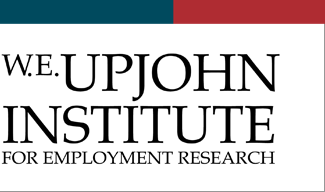Implicit Insurance in the United States
Publication Date
4-8-2025
Grant Type
Early Career Research Award
Description
A long literature in labor economics studies the causal effect of job loss on workers’ earnings trajectories, finding substantial and persistent long-run reductions in wage income after displacement (Jacobson et al., 1993; Couch and Placzek, 2010). However, this work has generally not studied the net effects of the tax system, government transfers, and self-insurance in mitigating these earnings losses in a single, unified dataset. For example, workers may receive transfer payments, implying smaller total income losses relative to wage losses. Households will exhibit net behavioral responses to job loss: workers may liquidate assets, enter self-employment, reduce reported income, or increase other family members’ labor market activity to further mitigate household income losses relative to worker wage losses. Progressive tax rates and tax credits aimed at low-income families might result in smaller after-tax income losses relative to pre-tax effects. To what extent do each of these factors provide implicit insurance against wage losses?
To make progress on this question, we leverage a “mass layoff” design to uncover job losses that were caused by firm-level downsizing. Specifically, by using large worker flows in employer-employee linked data to identify large-scale displacement events, we can isolate workers for whom job loss is plausibly exogenous. This research design is commonly used for identification in other analyses of job displacement (Jacobson et al., 1993; Couch and Placzek, 2010; Sullivan and von Wachter, 2009).
To jointly examine changes in net household resources following job loss, we will utilize a series of novel linkages between newly available administrative datasets at the United States Census Bureau. We first estimate the treatment effect of job loss on individual worker labor market outcomes, including wage employment, independent contracting entry, and total labor earnings. We supplement these outcomes with estimates of effects on public transfer receipt, including: unemployment insurance (UI), the Supplemental Nutrition Assistance Program (SNAP), Social Security, Social Security Disability Insurance (SSDI), Supplemental Security Income (SSI), Temporary Aid for Needy Families (TANF), housing assistance, and the Women, Infants, and Children (WIC) program. Next, we move to analyzing responses at the household or tax filing unit level, including changes in taxes paid, credits received, and spousal earnings responses.
The prior literature studying these responses suffers from important data challenges, which our study aims to address. For example, many of our outcomes are generally underreported or unobserved in other datasets, and previous research has employed alternate empirical approaches, restricted samples to smaller subpopulations, or has been underpowered to examine heterogeneity in treatment effects due to sample size.

